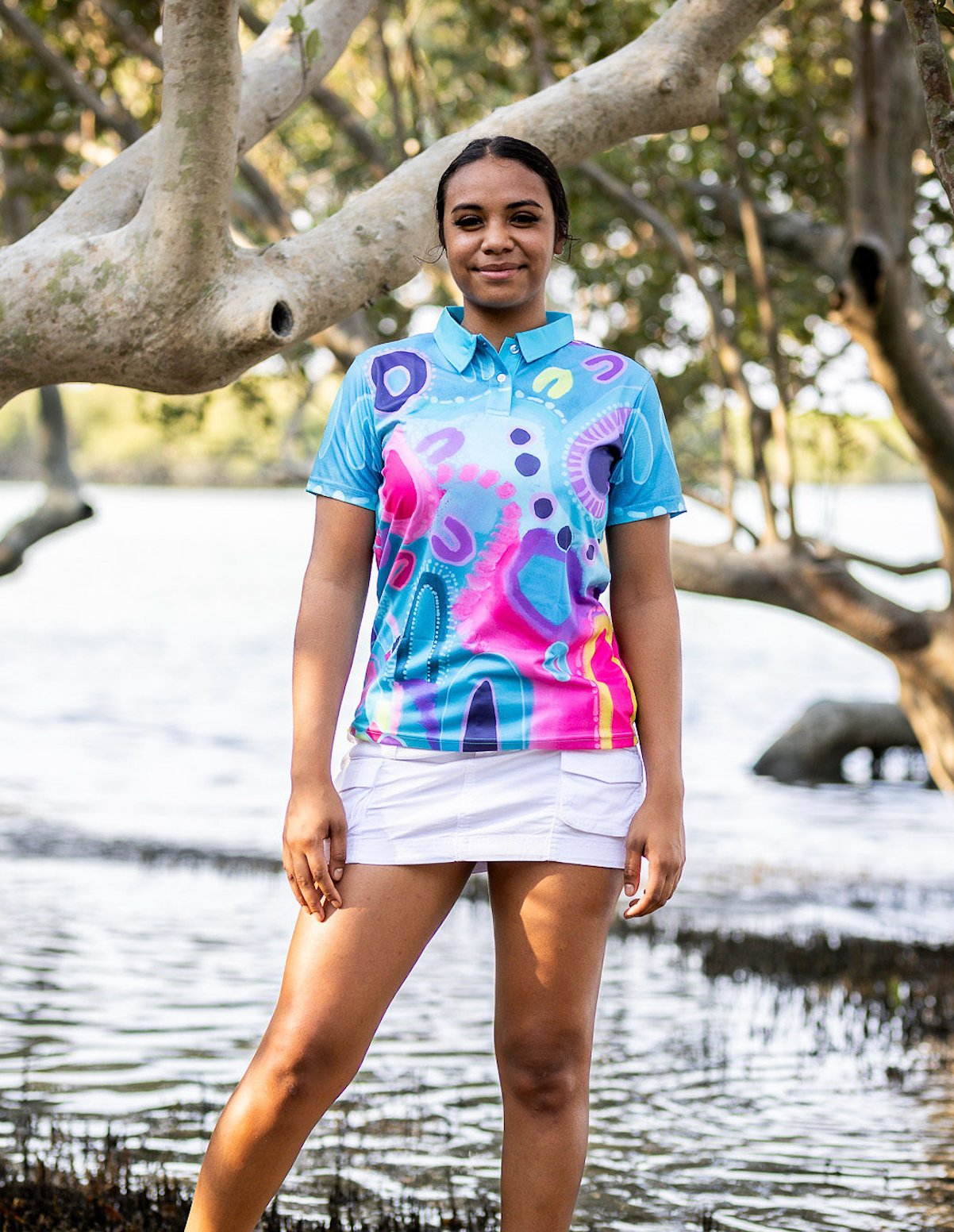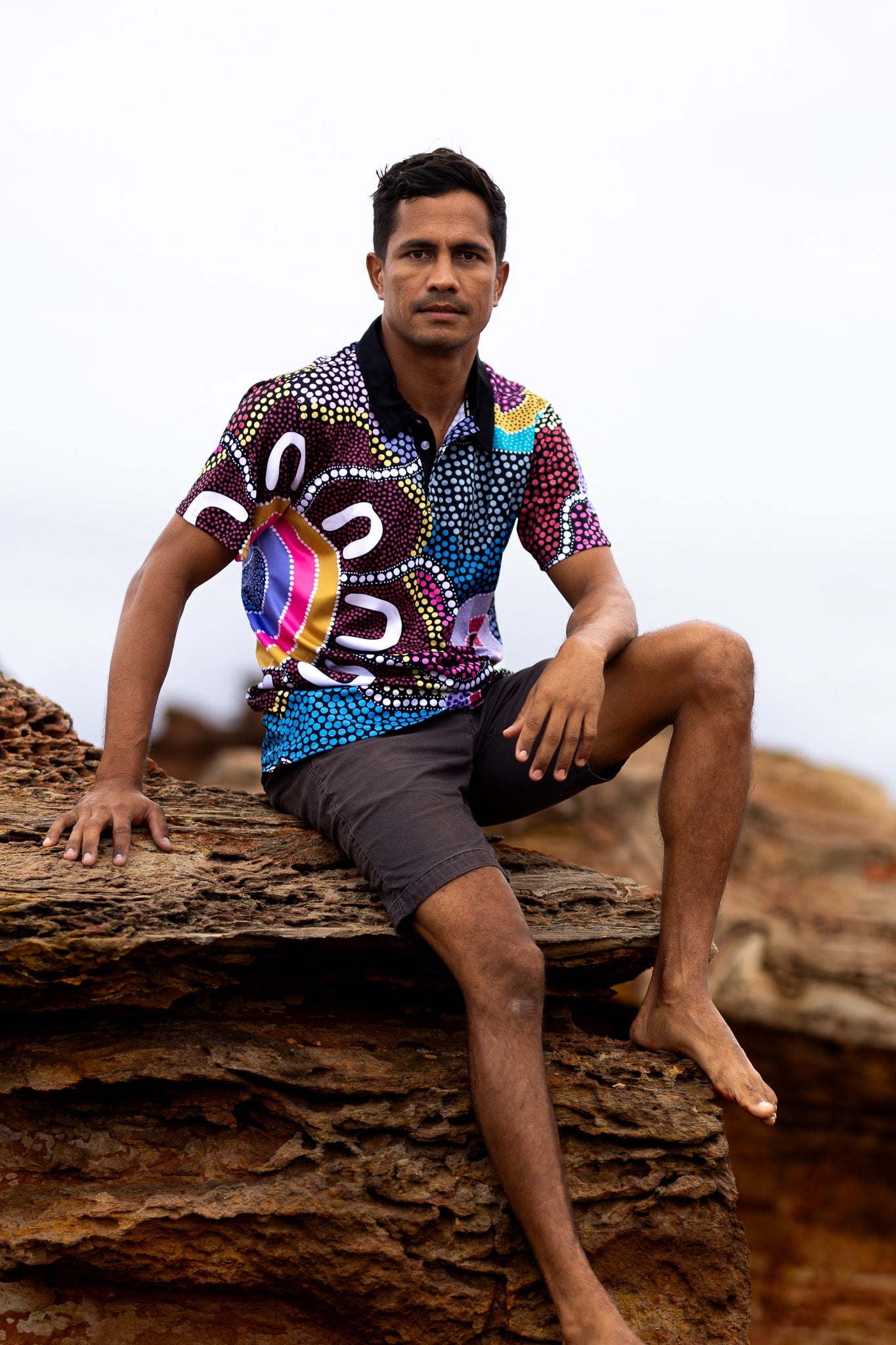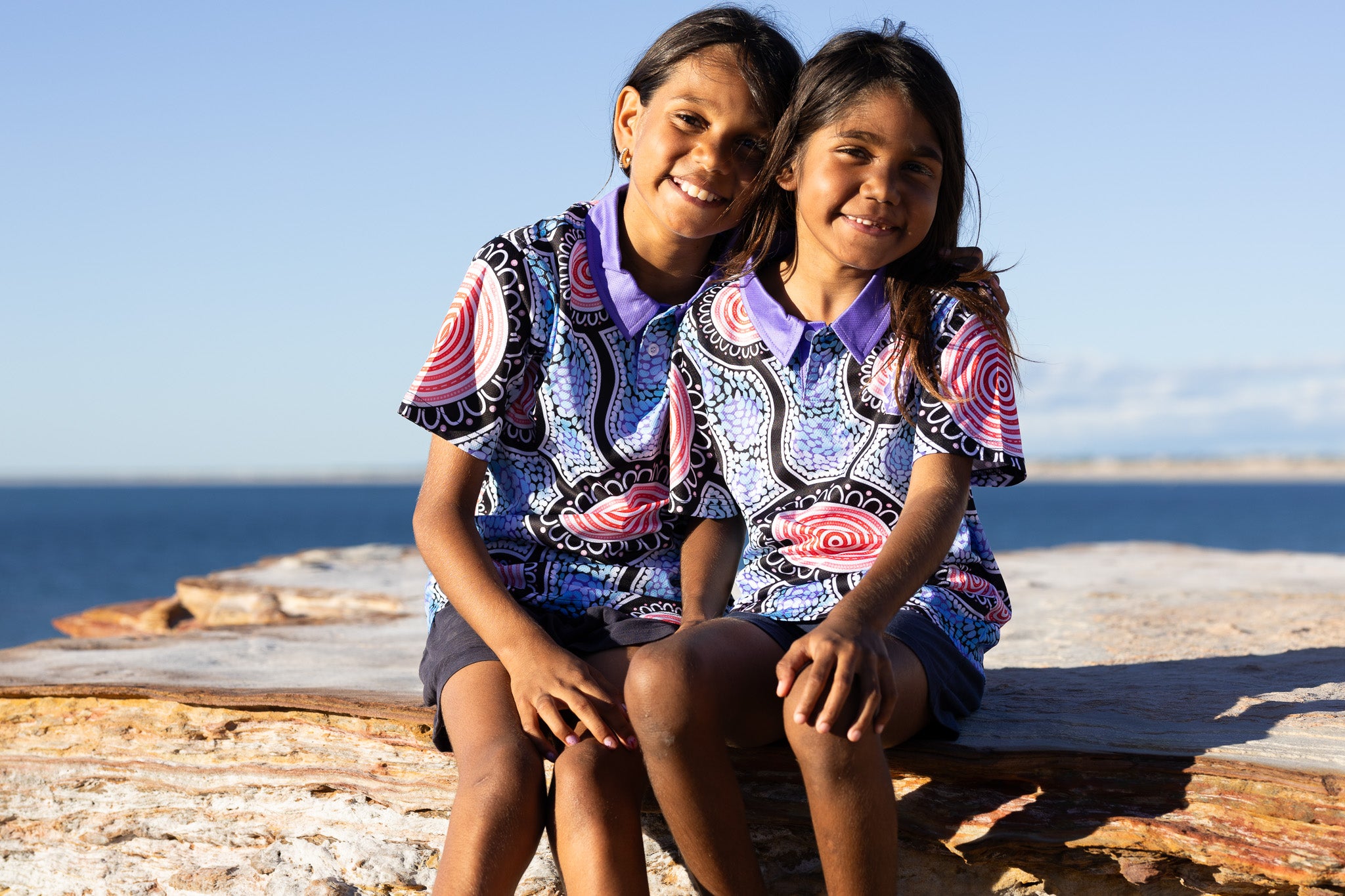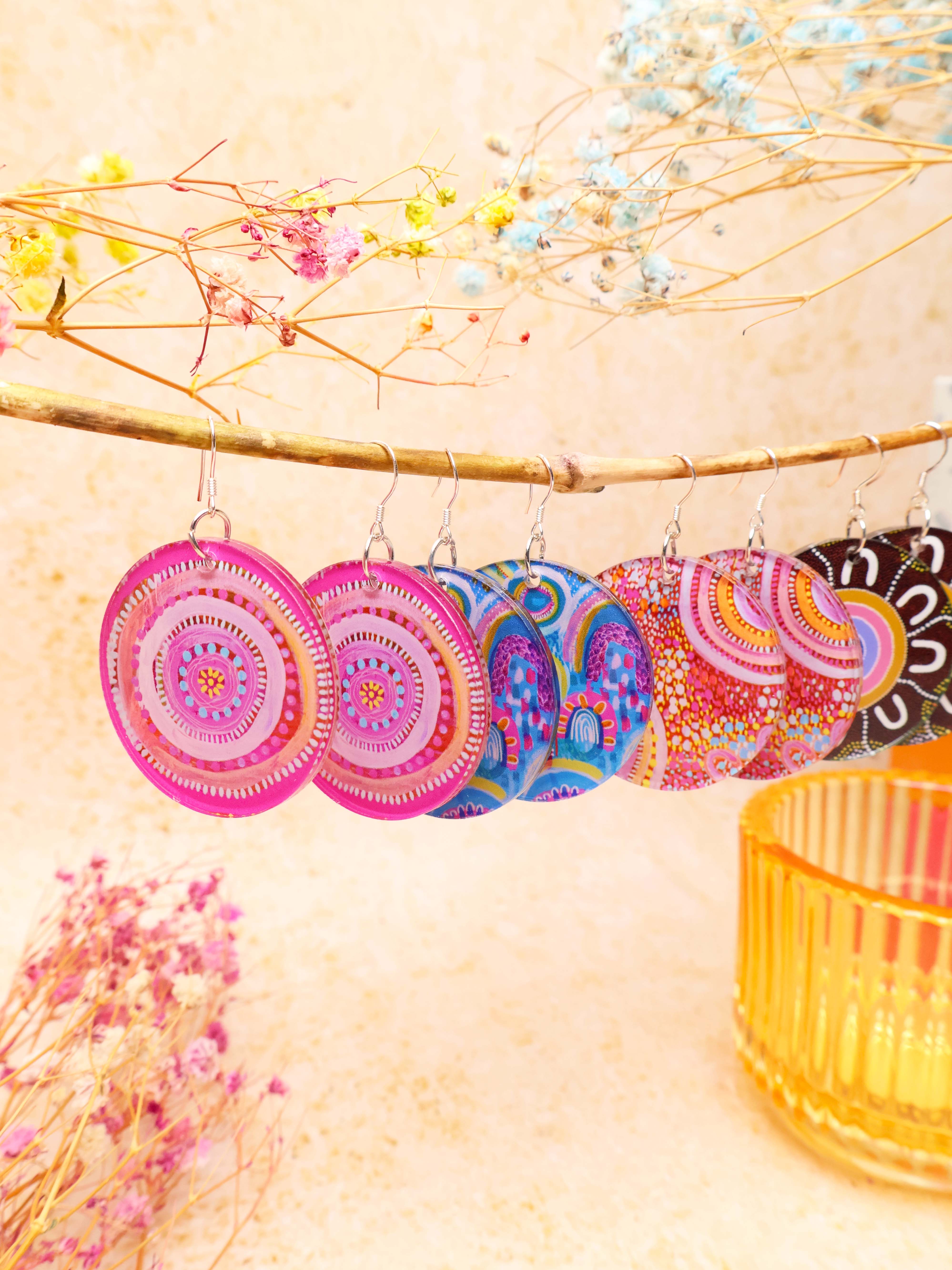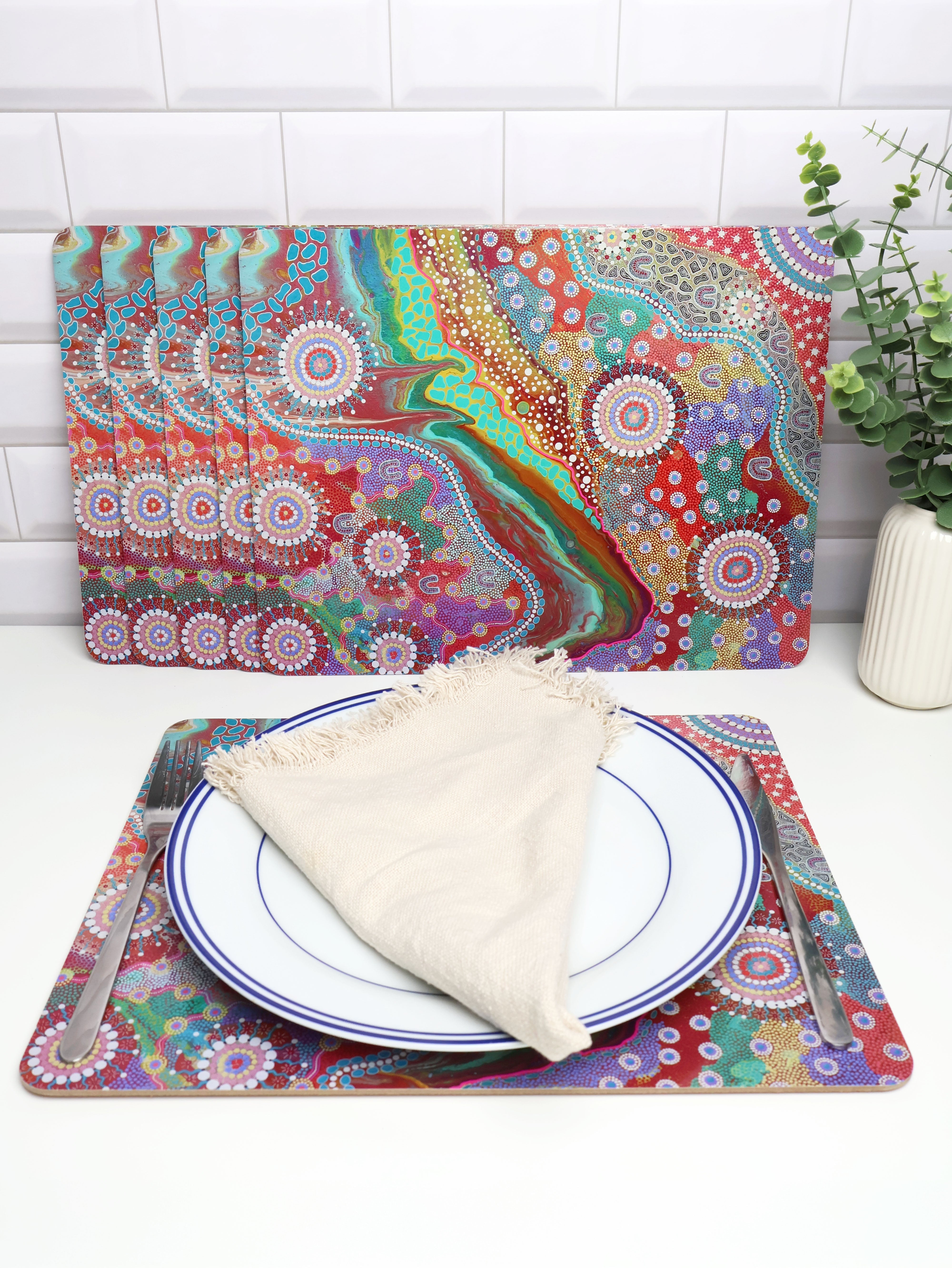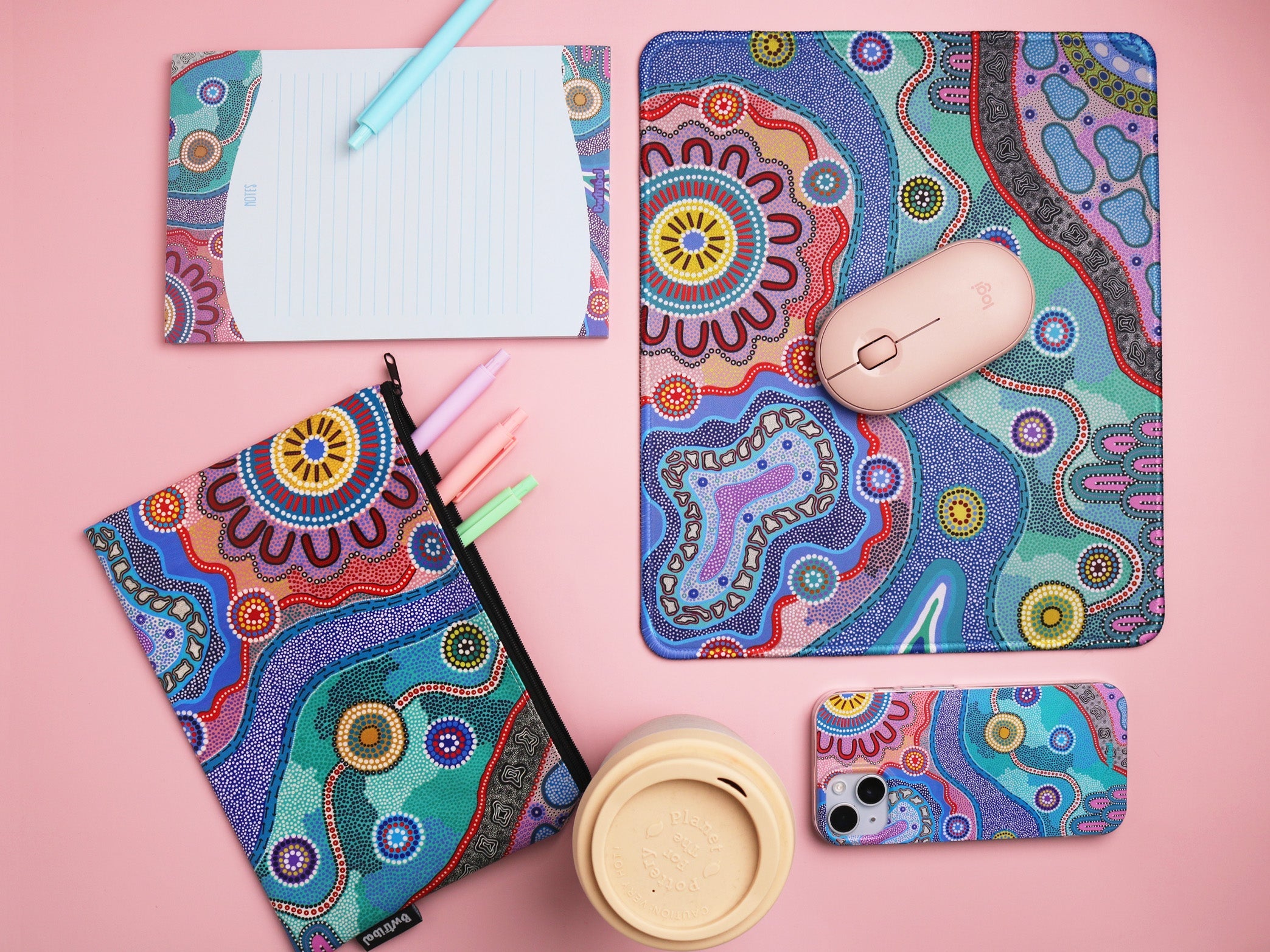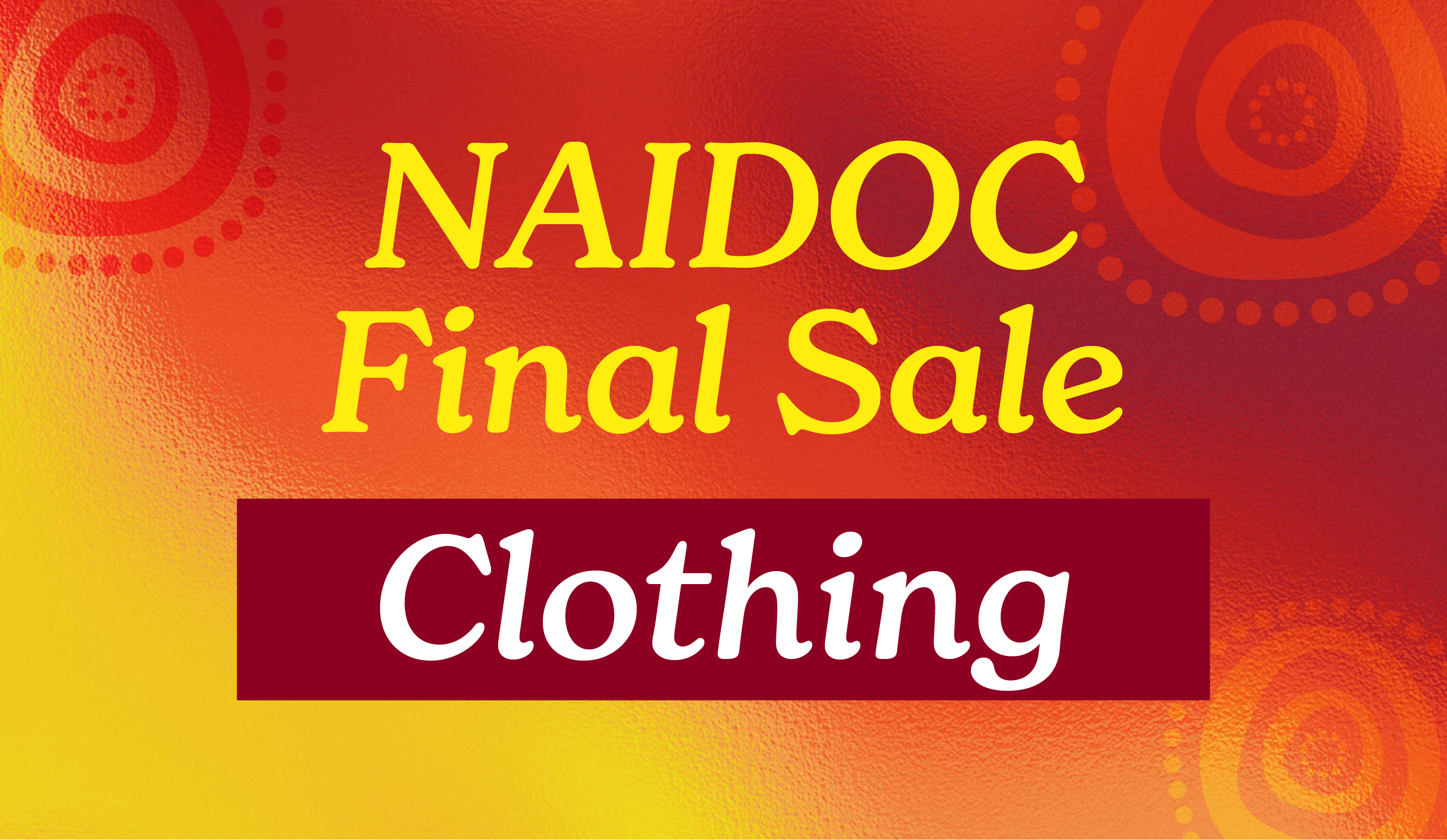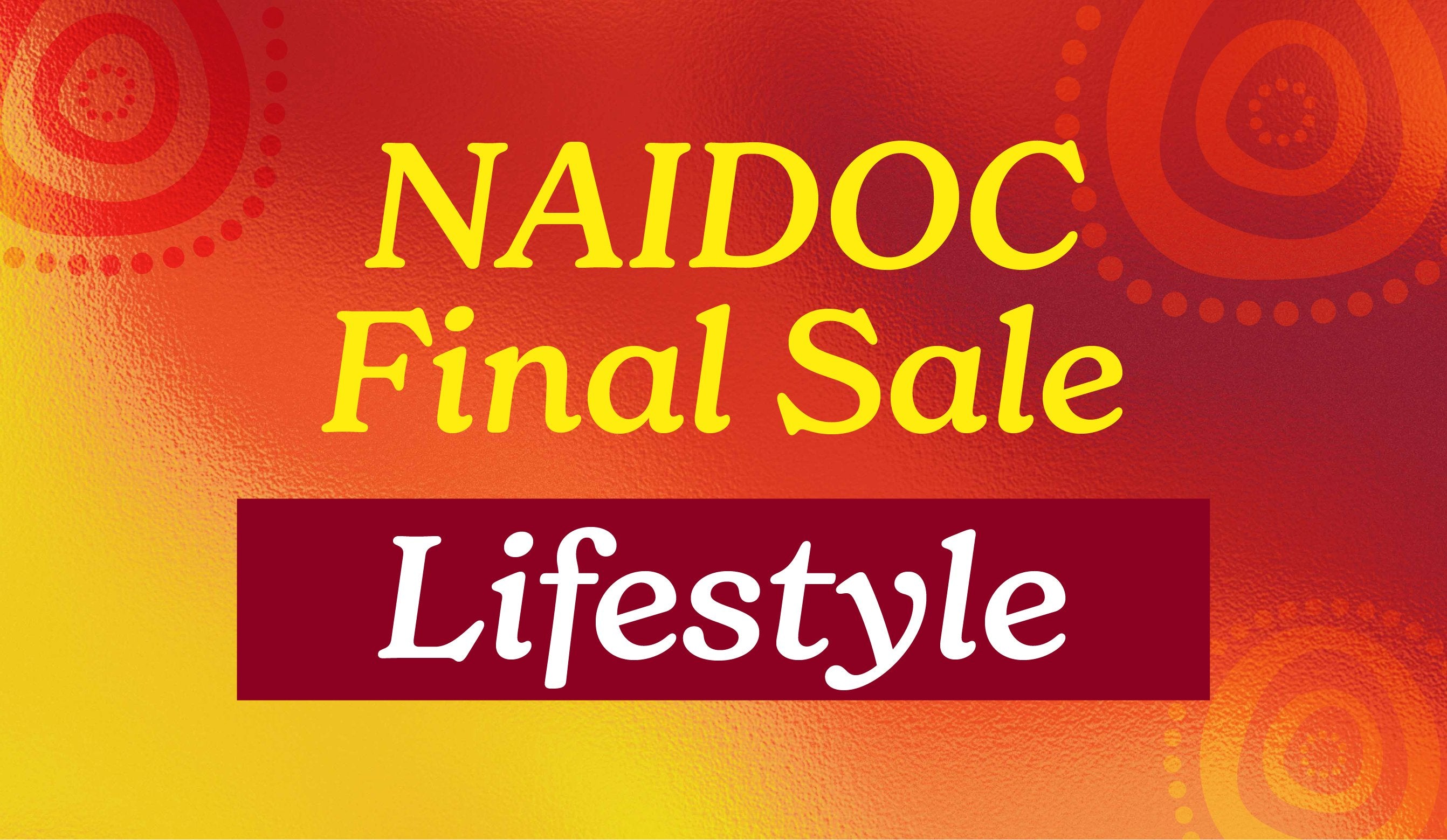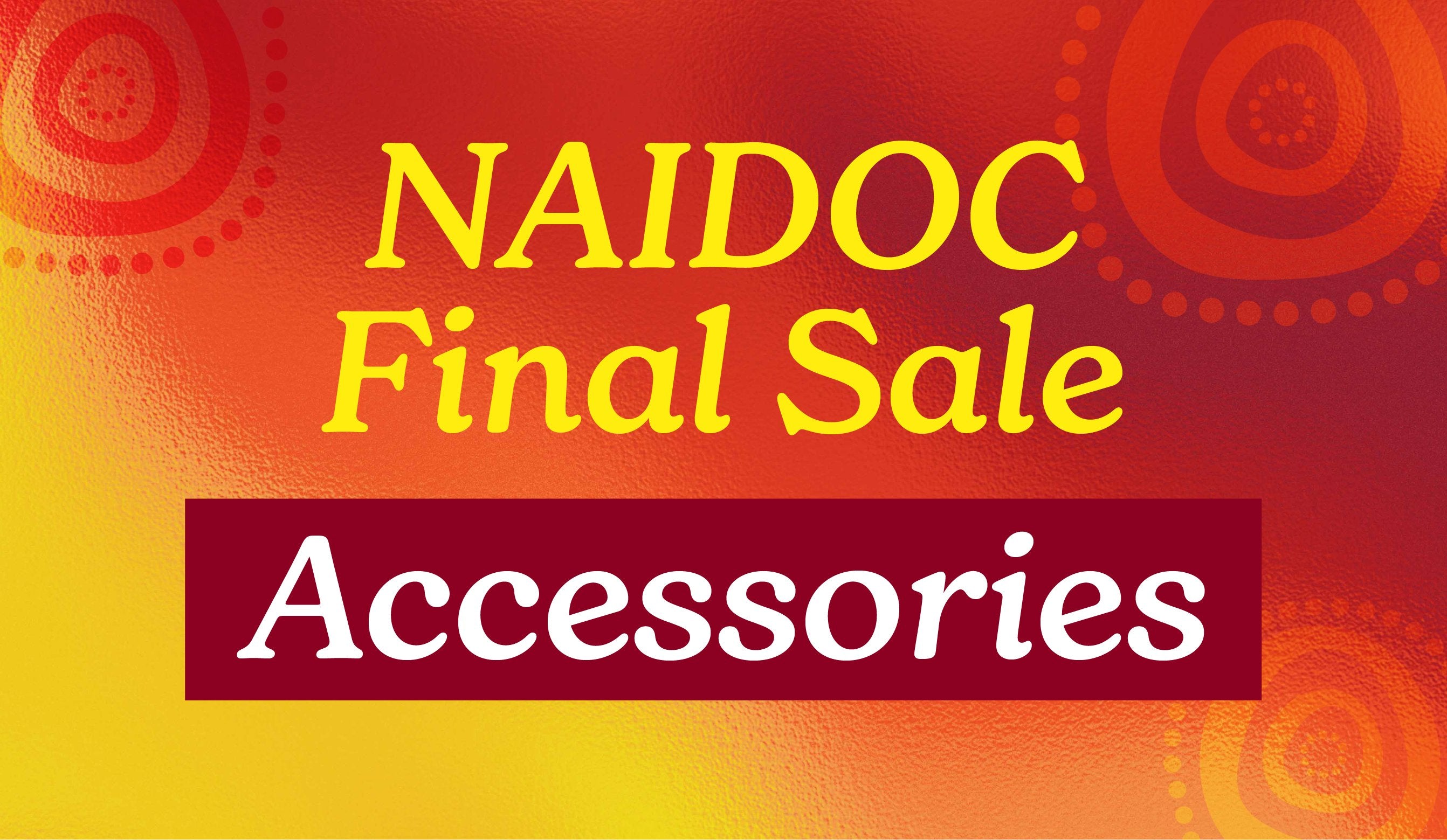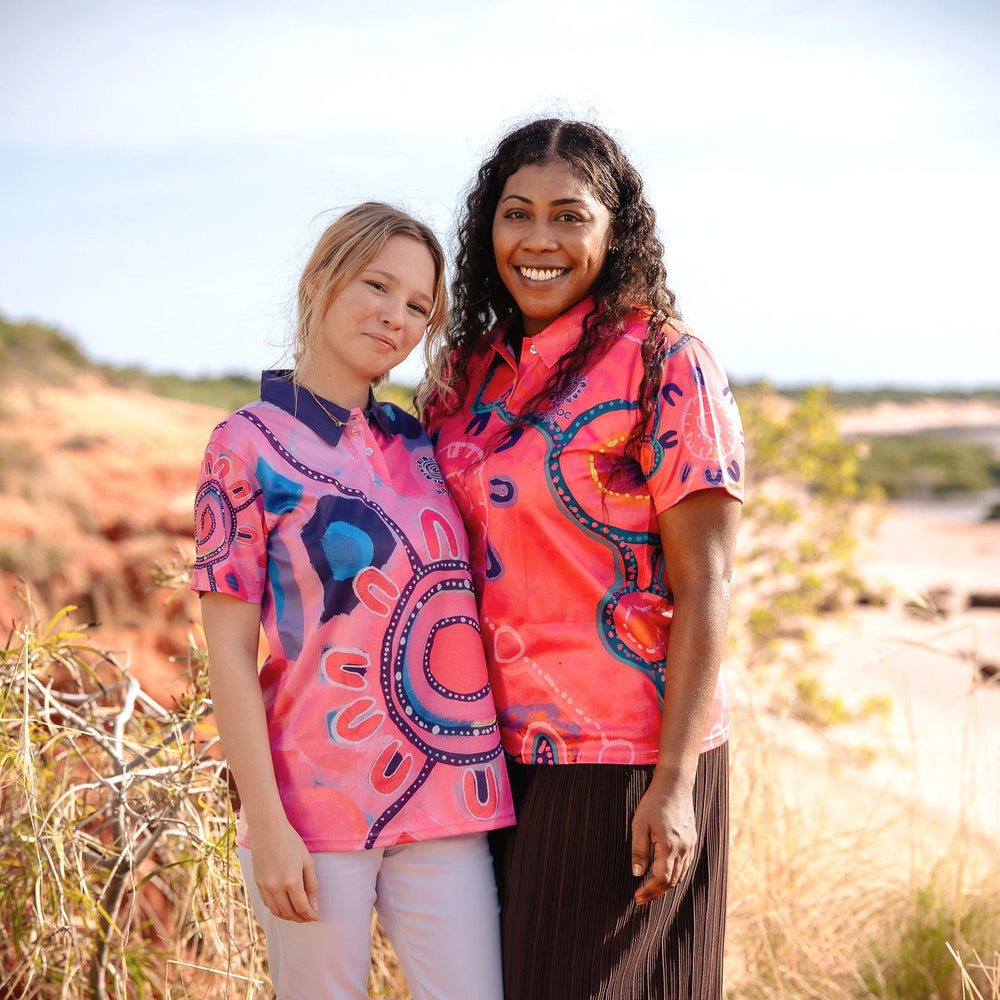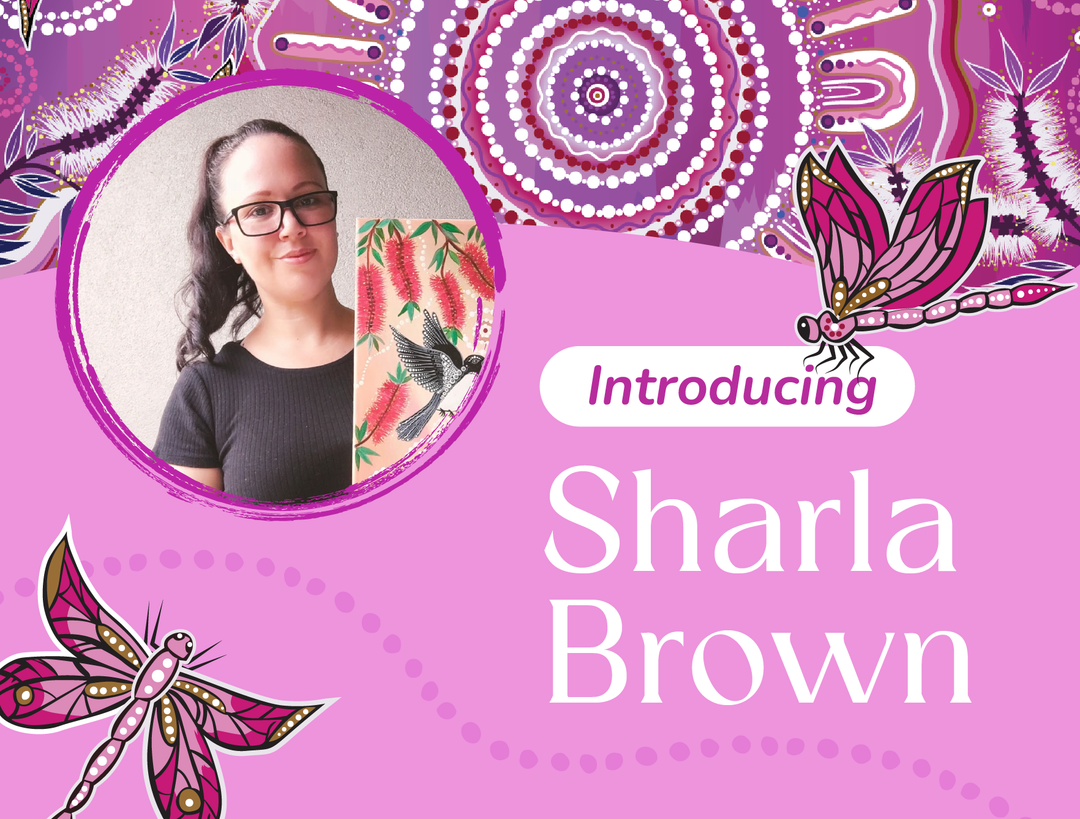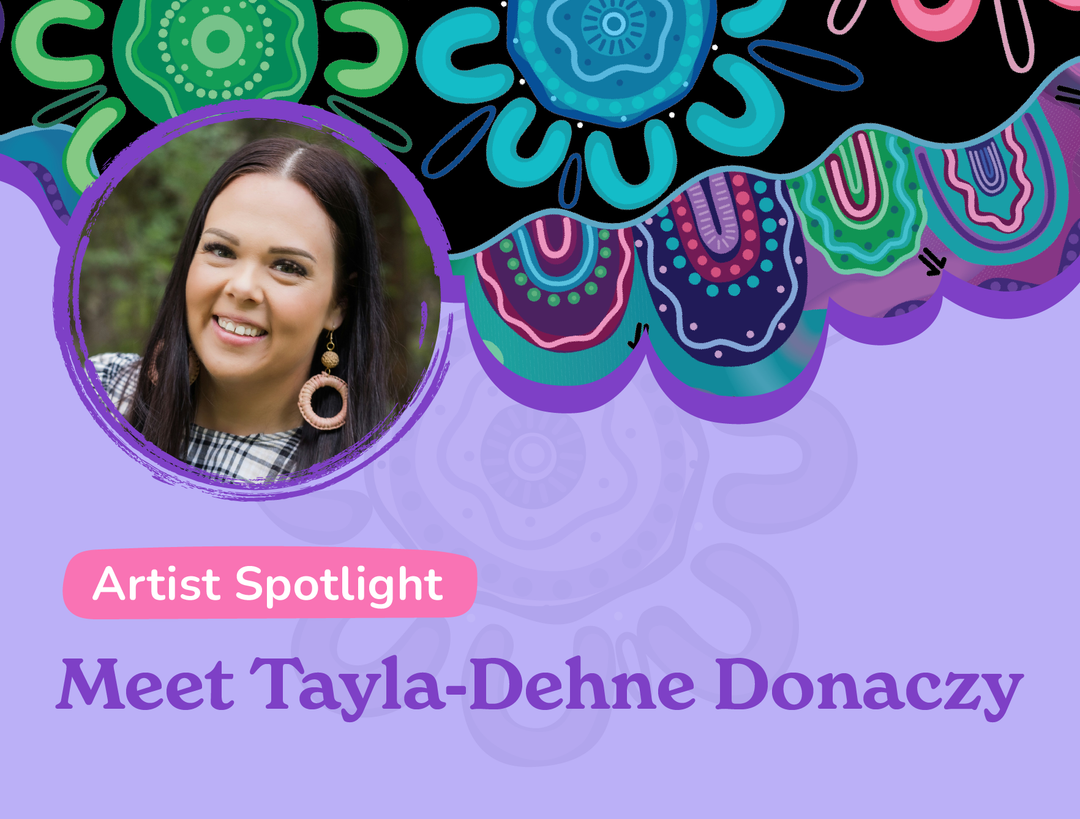Native Marine Life Every Fashion Label Should Celebrate (And Why We Do)
When it comes to wildlife-inspired fashion, most Aussie labels take the easy route – chuck a koala or kangaroo on a tee and watch the tourists roll in. Fair enough, they're national icons. But at BW Tribal, we're diving deeper into the incredible marine life that's shaped Indigenous culture for thousands of years. These four sea creatures aren't just pretty prints – they're powerful symbols with stories that deserve to be shared (and worn).
Barramundi
The barramundi is significant for many Aboriginal nations, particularly in Northern Australia. Known as a 'changeling fish' that transforms from male to female during its lifetime, barramundi represents transformation, adaptability, and the fluid nature of identity. In Yolngu culture, the barramundi is central to creation stories, with some clans tracing their ancestry directly to this sacred fish.
For the Larrakia people of Darwin, barramundi season marks important ceremonial times. The fish appears in rock art dating back thousands of years, often depicted in X-ray style showing its internal structure – a technique that reveals not just the physical form but the spiritual essence within.
How We Wear It: Nathan Patterson's Full Moon Barramundi polo shirt
Whales
Whales are revered as ancestral beings across coastal Indigenous nations. For the Mirning people of the Great Australian Bight, whales are family – their word 'Jeedara' speaks to a deep kinship connection. The annual whale migrations served as a calendar for coastal peoples, signalling seasonal changes and the availability of different foods.
In Torres Strait Islander culture, whales are seen as spiritual messengers. The Meriam people have specific protocols around whale strandings, viewing them as significant spiritual events. Whale songs are believed to carry messages between the physical and spiritual worlds, connecting people to their ancestors across the vast ocean.
 How We Wear It: Jaanda Festival polo shirt by Alison Simpson
How We Wear It: Jaanda Festival polo shirt by Alison Simpson
Crocodiles
Crocodiles command deep respect as one of the world's oldest surviving species. In Arnhem Land, crocodiles are often depicted as powerful ancestral beings who created rivers and waterways. The Gagudju people see the crocodile as a lawgiver – its presence enforces respect for water boundaries and seasonal hunting rules.
Torres Strait Islander cultures feature the crocodile (Kodal) prominently in dance and ceremony. The crocodile's patience and hunting prowess are qualities warriors aspire to embody. In many stories, crocodiles are shapeshifters who can take human form, teaching lessons about respect, boundaries, and the consequences of breaking cultural law.
 How We Wear It: Saltwater Crocodile fishing polo by Nathan Patterson
How We Wear It: Saltwater Crocodile fishing polo by Nathan Patterson
Sea Turtles
Sea turtles are perhaps the most universally significant marine animals in Indigenous Australian cultures. For Torres Strait Islanders, turtles are central to identity, appearing on the Torres Strait flag itself. Different species carry different meanings – the green turtle represents abundance and community gathering, whilst the hawksbill turtle symbolises strength and navigation skills.
Aboriginal coastal nations from the Kimberley to Cape York have complex turtle hunting protocols passed down through generations. Turtles are seen as teachers of patience, navigation, and the importance of returning home. Their ability to navigate vast oceans using ancestral memory resonates deeply with Indigenous concepts of connection to Country across great distances.
 How We Wear It: Kiya Watt's Yakan Dreaming blouse
How We Wear It: Kiya Watt's Yakan Dreaming blouse
Why Marine Life Matters
We want to connect you to Australia's vast blue Country. Indigenous Australians have been the first marine scientists, navigating by stars and currents, understanding breeding cycles, and maintaining sustainable fishing practices for over 60,000 years. It's worth celebrating this ancient knowledge - acknowledging that Country extends beyond the shoreline, that our waters are sacred, and that these creatures are our teachers, not just our resources.





